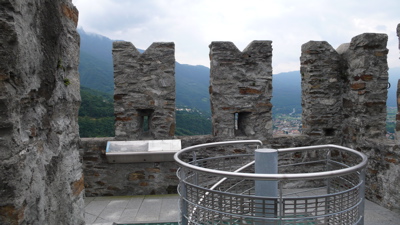
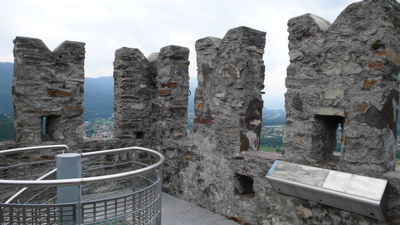
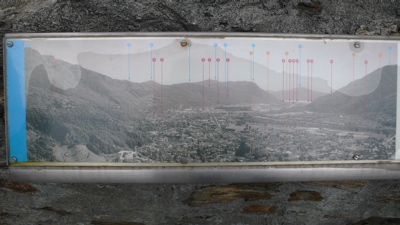
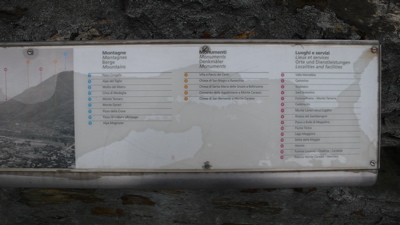
 |
 |
 |
 |
Invited to intervene on the question how globalisation does affect local culture in the three castles of Bellinzona in a festival celebrating the new Gothard base tunnel, i decided to provide a kind of panorama. The Panorama connects two contemporary events: The first view of the earth from outer space and the reaction of a generation of ticinese architects, who strongly reacted to the territorial transformations coming from the industrial boom of the sixties. Their interventions, its effects and influences, are visible from the castles troughout the whole valley. Their techniques and strategies influenced and inspired globally architectural practices. The final product is a double-sided poster, juxtaposing two possible ends of a scale, but where you can't see both at the same time.
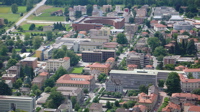 |
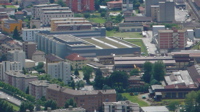 |
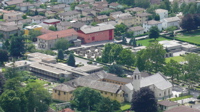 |
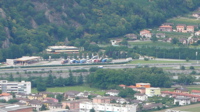 |
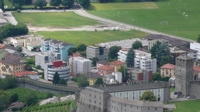 |
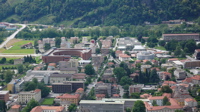 |
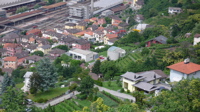 |
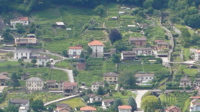 |
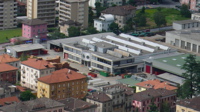 |
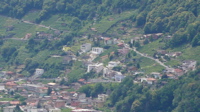 |
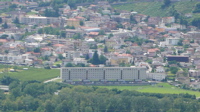 |
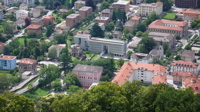 |
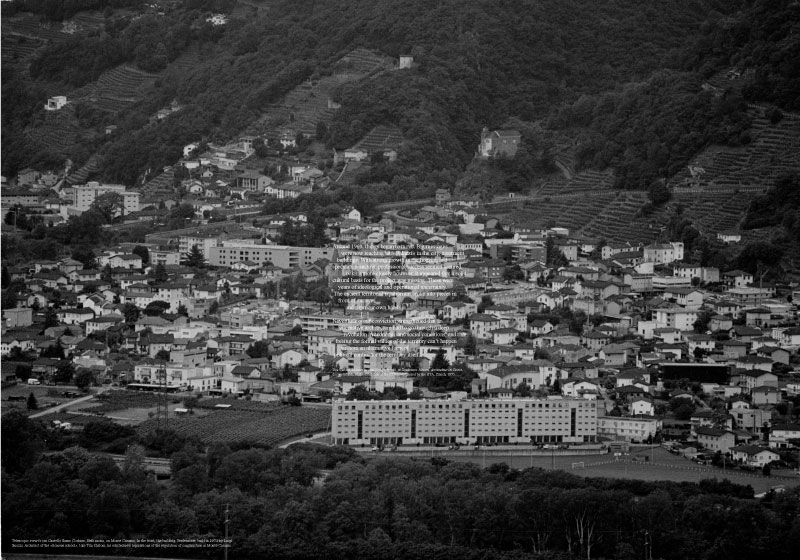
| Around 1960, things began to move. Big messages were now reaching us: «Palazzi» in the city, apartment buildings. With strong growth in the housing and speculation sectors, professional success seemed secured. Looking more closely however, it appeared that a solid cultural basis for the project was missing. These were years of ideological and operational uncertainty. The ancient territorial equilibrium broke into pieces in front of our eyes ... and from our own hands. [...] Nevertheless our conviction strengthened that an alternative architecture had to go through a deep revolution in economic and social conditions, and that freeing the formal values of the territory can’t happen without an alternative form of political control for the territory itself. Tita Carloni, Notizen zu eine Berufschronik, in Tendenzen. Neuere Architektur im Tessin, |
Telescopic view from Castello Sasso Corbaro, Bellinzona, on Monte Carasso. In the front, the building Verdemonte, built in 1974 by Luigi Snozzi. Architect of the «ticinese school», like Tita Carloni, he edicted new legislations of the regulation of construction in Monte Carasso. |
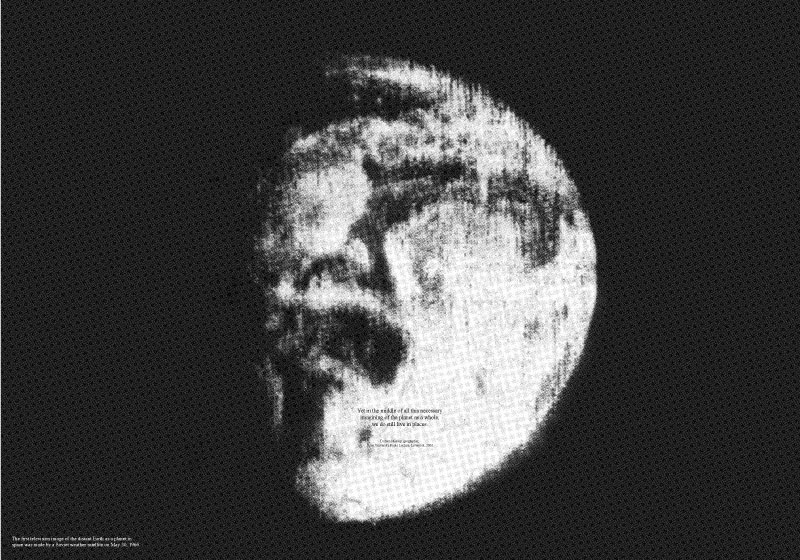
| Yet in the middle of all this necessary imagining of the planet as a whole, we do still live in places. Doreen Massey, geographer, |
The first television image of the distant Earth as a planet in space was made by a Soviet weather satellite on May 30, 1966. |
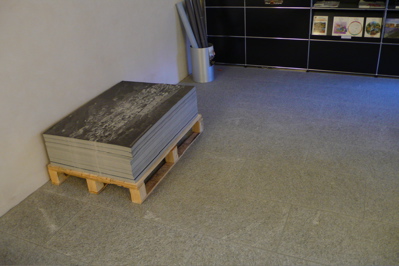 |
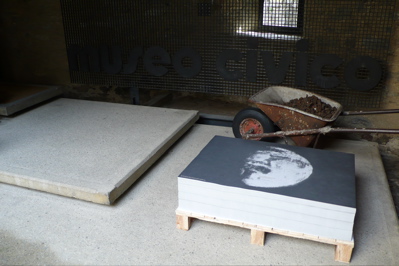 |
| Stack at the information office of Castello Sasso Corbaro | Stack at the entrance of the museum in Castello Montebello |